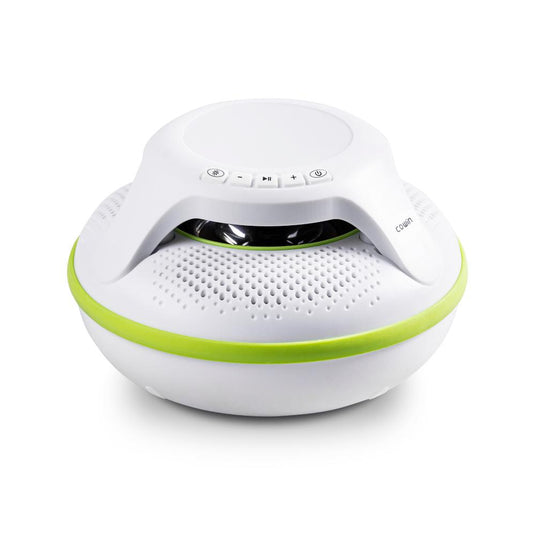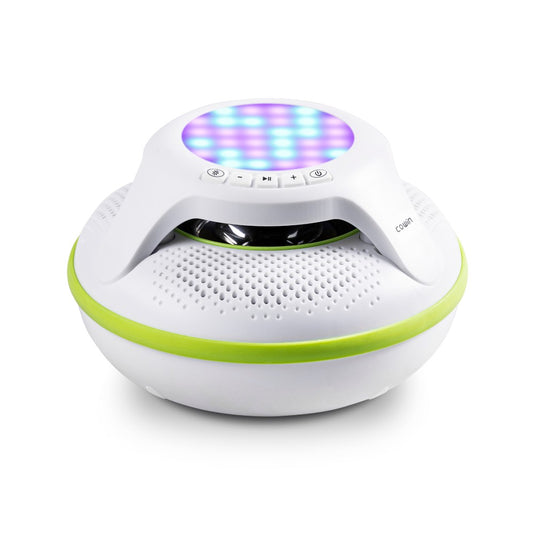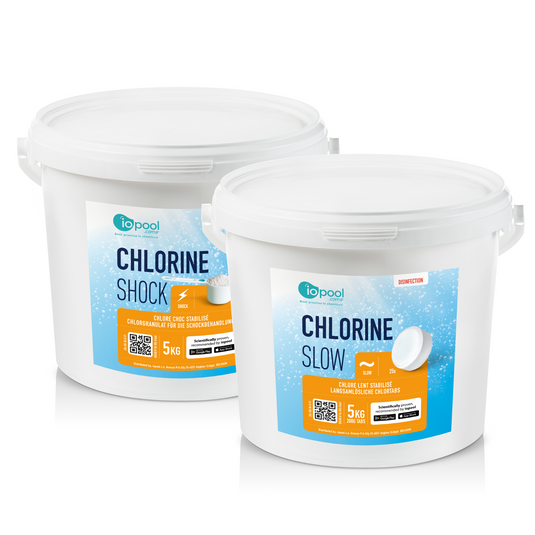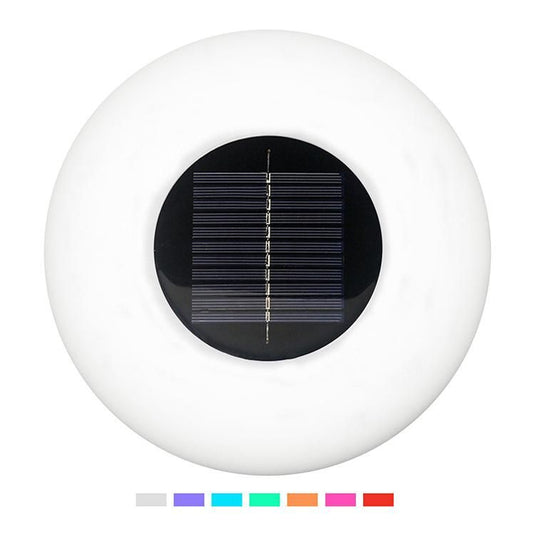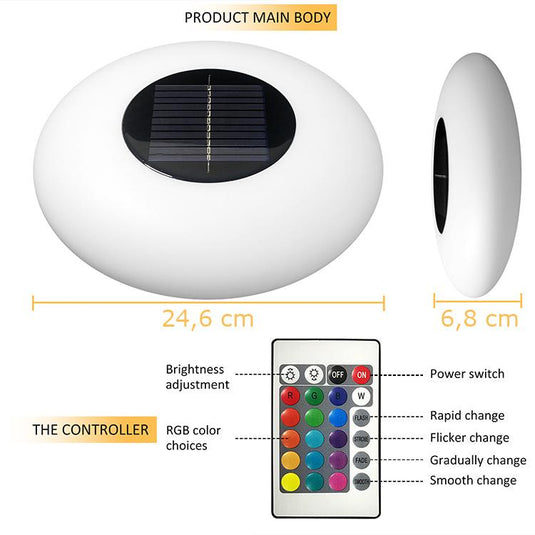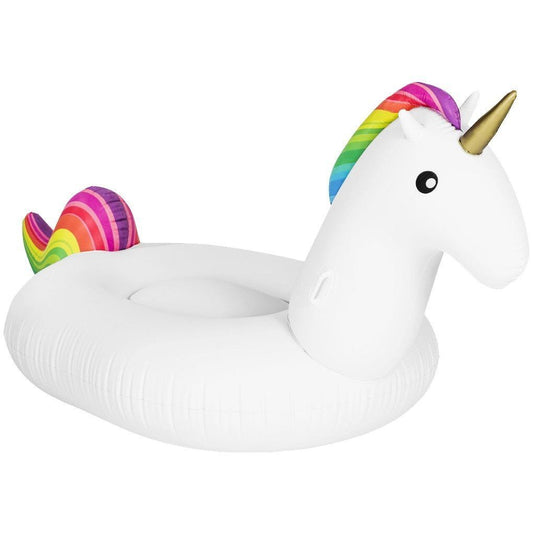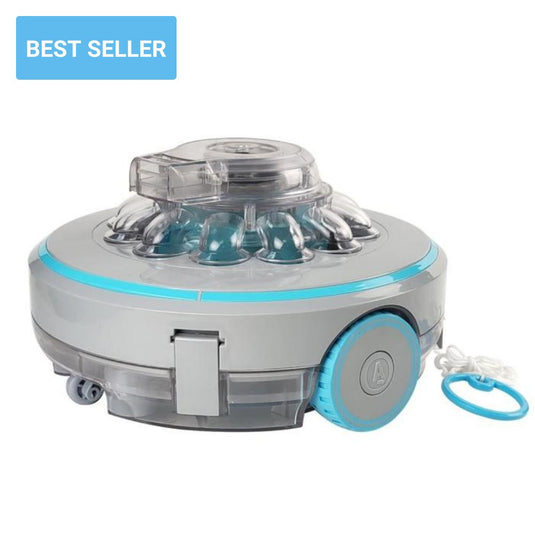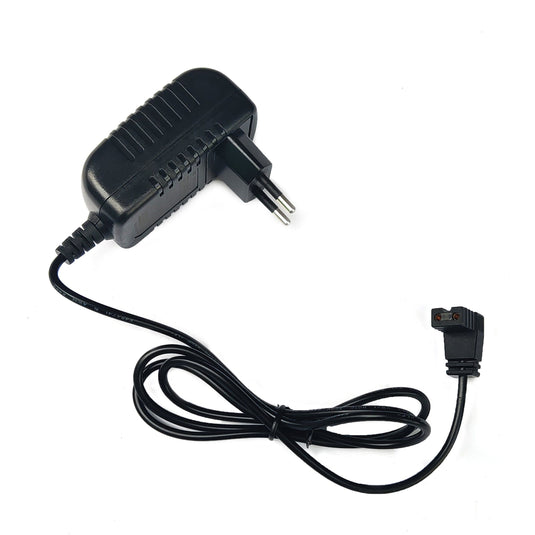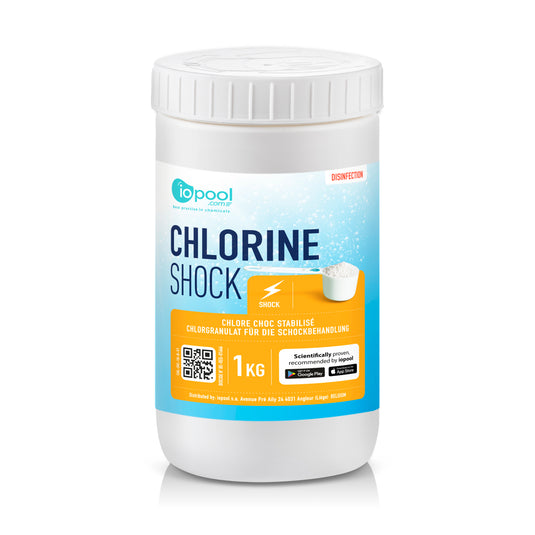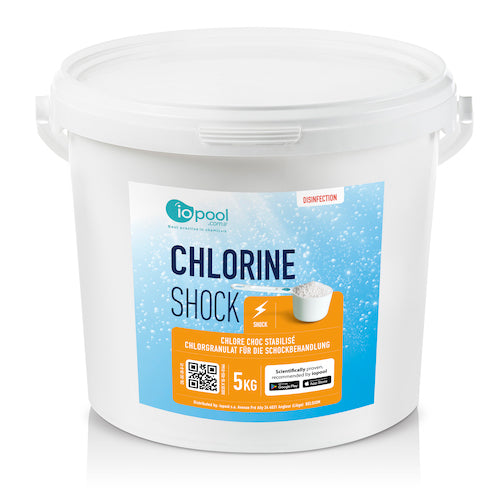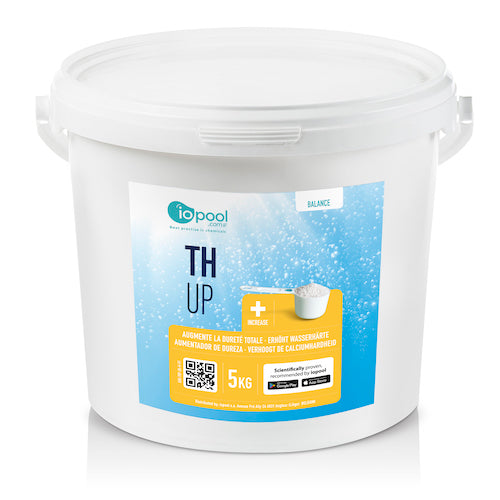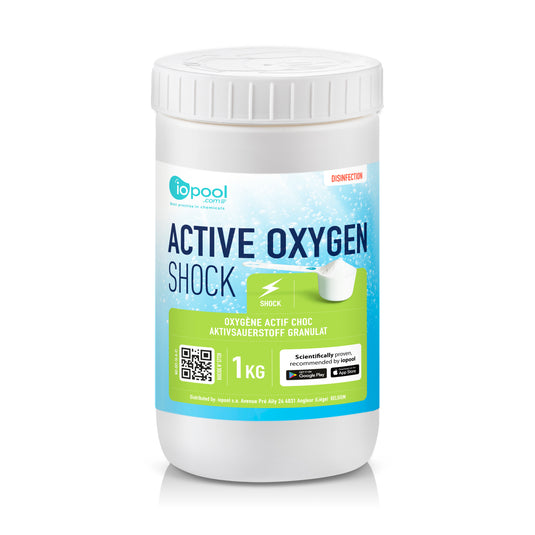Hot-tub: Choose The Right Desinfection Option
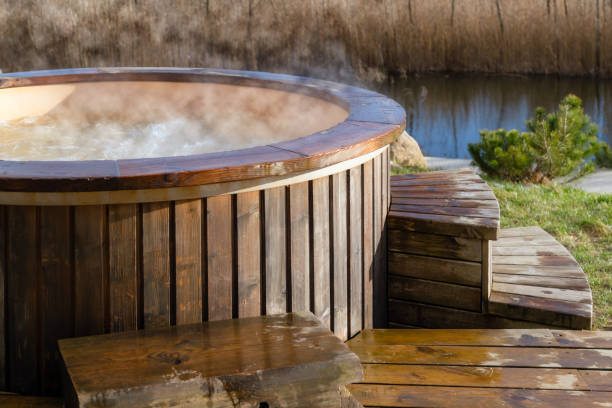
From relaxation to decreased pain, the benefits of a hot spa are endless. However, you can't enjoy these comforts without safe and sanitized water. Like your pool, a hot spa requires chemical maintenance and sterilization. Don't know which treatment to choose for your spa? You've come to the right place. Today we delve into the different sanitizer types for hot tubs.
Chlorine
Chlorine is a sanitizer that eliminates bacteria and other contaminants in your spa water. It's a cost-effective water treatment option, but it dissipates quickly. Therefore, you must add this chemical regularly and test it to ensure optimal levels.
The ideal chlorine level for a hot tub is about 1 to 3ppm. When levels get out of balance, this creates murky and unsafe water. But don't worry. Maintaining chlorine levels is simple. A smart water monitor can make managing chlorine levels even more straightforward.
A downside to chlorine as a hot-tub treatment is, for many owners, the pungent smell. Its signature odor is the result it chloramines. And the odor is usually a sign that the chlorine has been used up, indicating that you need to add more.
Pros ✅
- Minimized bacteria: Chlorine is a strong chemical that can effectively eliminate disease-causing germs and bacteria. This gives you peace of mind every time you soak.
- Easy to maintain: A chlorine hot tub does not require equipment like saltwater or activated oxygen systems. All you need to do is check and adjust chlorine levels.
- Does not damage fixtures: Unlike saltwater and activated oxygen, chlorine doesn't pose a risk to your spa's components.
- Affordable: Chlorine is easily accessible and affordable. The average cost for a gallon of chlorine is $7 to $10.
Cons 🫤
- Stong odor: Chlorine produces a pungent odor which can be a turnoff for some people.
- Can cause skin irritation: As chlorine interacts with other substances (cosmetic products, skin oils, sweat), it releases chloramines that can irritate eyes and skin.
- Difficult to keep pH balanced: Because you have to add chlorine frequently, pH levels balanced can easily become imbalanced.
- Doesn't remain stable at high temperatures: Chlorine starts to wear off at 89 degrees Fahrenheit.
Bottom Line: Chlorine is a no-frills water treatment. It's affordable and simple to manage. It's ideal for spa owners who want to disinfect their water without making a huge investment.
Bromine
Bromine is a treatment alternative to chlorine. Like its counterpart, bromine is a sanitizer that disinfects your water. However, it has a lower pH than chlorine and lasts longer. So, you won't have to add as much, and it's easier to maintain water pH.
Many spa owners prefer bromine because it's gentler on the skin and doesn't cause irritation. In addition, bromine doesn't produce an odor, which is a huge advantage.
A drawback of bromine is its price. The average cost of a 25-pound bucket of bromine tablets is $100 to $125. But bromine levels remain stable in hot spa water, so you won't need to add much of the chemical.
Pros ✅
- Remains stable at high temperatures: Bromine remains stable at higher temperatures than chlorine. So it's often the first choice for hot tubs. It retains its disinfecting power at up to 136 degrees Fahrenheit.
- No smell: Bromine doesn't let off an odor like chlorine.
- Effectively eliminates bacteria and viruses: Bromine is tough on waterborne viruses and microorganisms. It's also great at fighting algae.
- Suitable for sensitive skin: Bromine doesn't irritate skin or eyes.
- Does not corrode spa components: This sanitizer doesn't produce gases like chlorine. Therefore, it isn't corrosive or harmful to your spa's parts.
Cons 🫤
- Can be degraded: Although it can withstand high temperatures, it can still degrade under UV rays. And it can't be stabilized like chlorine.
- More expensive: Compared to chlorine, bromine is the pricier option.
- Harder to rinse off skin: Although bromine is gentle on the skin, it's hard to rinse off than chlorine.
💡 Bottom Line: Bromine is ideal for those who want a softer and odorless alternative to chlorine. We also recommend it for people who want to transition from chlorine.
Activated Oxygen
Activated oxygen, which is often referred to as ozone, removes impurities in the water through oxidation. In other words, when activated oxygen comes in contact with a contaminant, it destroys it.
Where does activated oxygen come from? Activated oxygen for a spa is formed when individual oxygen molecules break apart into two free oxygen atoms. And when a free atom joins with another free atom, it creates ozone—or activated oxygen.
To treat your spa water with activated oxygen, you would need an ozone generator. This system connects to your spa's circulation system and sanitizes the water as it passes through a filter.
For the ozone generator to effectively sterilize your spa, you must run it for 4-6 hours daily.
Pros ✅
- Reduced chemical use: Since the activated oxygen breaks down harmful pathogens, the other chemicals in your pool won't have to use as many chemicals.
- It's affordable: Most ozone generators fall within the $70 to $150 range.
- Reduced water consumption: Most spa owners find that with an ozone generator, they can go up to a year without changing the water—resulting in greater water conservation.
Cons 🫤
- Water can become corrosive: Ozone is reactive and corrosive. That is why it's great for disinfecting, but this can spell trouble for your spa's parts. So, ensure that your spa's plumbing is corrosion-resistant.
- Increased maintenance and cost: You will have to run the ozone generator for longer periods for large hot tubs—resulting in higher energy costs.
- Frequent replacement: Since you will need to run the ozone generator constantly, the lifespan is shorter. The average lifespan of an ozone generator is three years.
💡Bottom Line: Activated oxygen is ideal for those who want to use fewer chemicals to maintain their spa water. If you want an economical option, consider a different treatment.
Enhance Your Hot-Tub's Benefits With The Appropriate Treatment
Clean water allows you to enjoy your hot-tub safely. As you can see, you have many treatment options. Many possess their own unique advantages and drawbacks. The one you ultimately choose will depend on your personal preference and budget.

